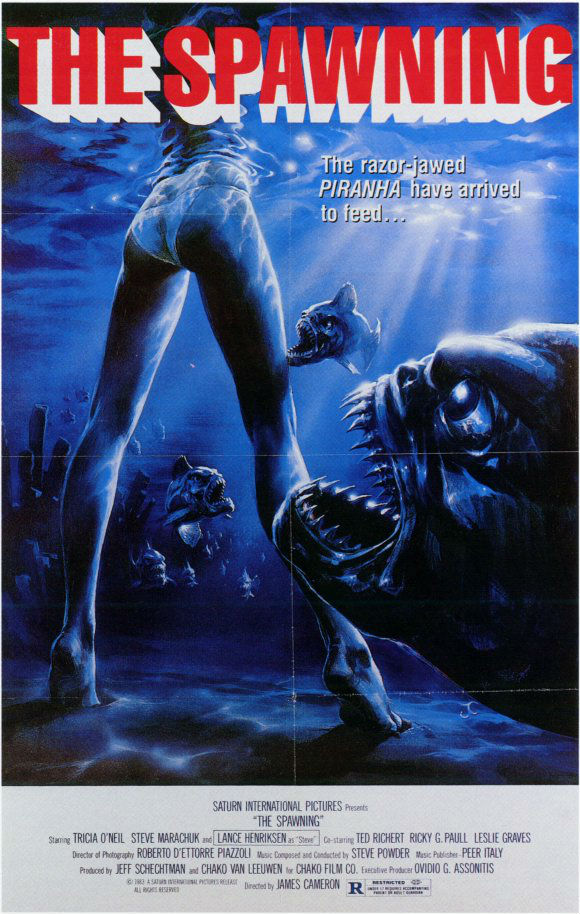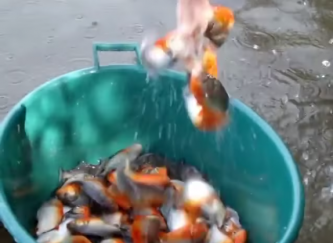I forgot to mention you're going to have to bring a sizeable amount of bravery to pull this off. Well, I kid, there's a lot of mythology surrounding piranhas, and it's not really surprising, just look at those teeth!
The red-bellied piranha (Pygocentrus nattereri), native to the freshwater rivers and streams of South America, is at the heart of most of the piranha myths. One of the most persistent stories is called "piranha cattle", and it states that if you ever want to traverse a piranha-infested river in Brazil, you just need to chuck a cow carcass in there, and the toothy little swarm will be so preoccupied with its huge new meal, it's momentarily safe for everybody else to get in and cross.
Of course, the story sounds a little too cute to be true, and sure enough, a 2005 study led by biologist Helder Queiroz from the Mamirauá Institute for Sustainable Development in Brazil proved that it was. The myth is based on a real behaviour often observed in red-bellied piranhas, called shoaling. Shoaling describes a behaviour seen in many fish species where they'll swim together in a big group. It's a little different from schooling, which describes a much more tightly packed group and synchronised movements. Because piranha shoal when they move around, if one happens to spot some nearby prey, chances are all of them will end up feeding on it, hence the cattle myth.
But what Queiroz's team found was that this shoaling behaviour in piranhas wasn't practiced for the purpose of hunting, it was actually practiced in response to being caught and dined on by the dolphins, caimans, aquatic birds, and bigger fish that share the flooded forests of the Brazilian Amazon with these silvery little morsels. "The species is popularly believed to be a dangerous pack-hunting fish," the team wrote in Biology Letters. "However, a recent investigation of the red-bellied piranha found no support for cooperative hunting and suggested that an important function of shoaling behaviour in the species is defence against predation."
In reality, red-bellied piranhas used their strong jaws and pointy little teeth to scavenge for their food. They're actually a pretty shy species, and feed mostly on smaller fish, insects, and some types of plants. Sure, they'll gnaw ravenously at a hunk of cow carcass or some proffered intestines if given half a chance, but that's certainly not their M.O.
So now we can all watch James Cameron's 1981 masterpiece, Piranha II: The Spawning, with the piece of mind that if any of this was real, that lady's butt would probably be fine.
 Wikimedia Commons
Wikimedia Commons
